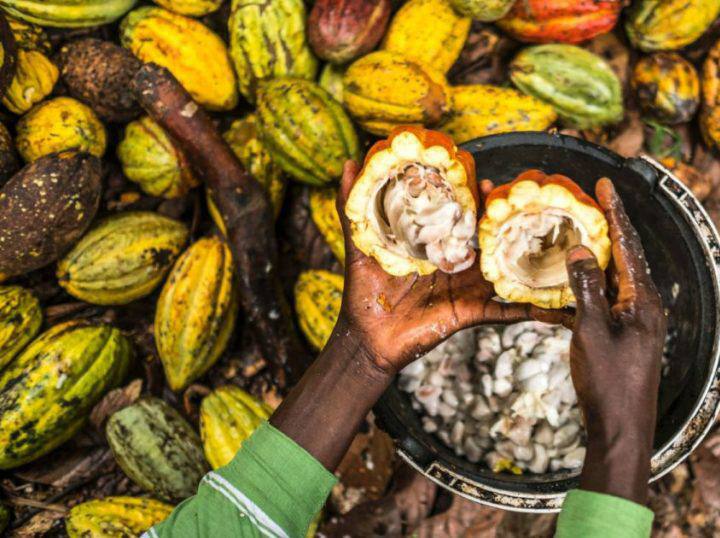In Nigeria’s Omo Forest Reserve, a protected tropical rainforest, cocoa farmers are illegally cultivating cocoa beans, a practice that poses significant environmental threats. Despite the area being designated for conservation, farmers have been documented harvesting cocoa in zones where such activities are banned.
This encroachment has been linked to some of the world’s largest cocoa traders, who supply major chocolate manufacturers like Mars Inc. and Ferrero.
The Omo Forest Reserve is a vital habitat for endangered species such as African forest elephants and is the only remaining vital rainforest in Nigeria’s southwest.
These forests play a crucial role in absorbing carbon and are key to Nigeria’s commitments under the Paris climate agreement. Additionally, the forest is recognized as an Important Bird and Biodiversity Area by BirdLife International.
Nigeria is a significant player in the global cocoa market, being the fourth-largest producer of cocoa and a major supplier to Europe and North America. The cocoa journey involves multiple intermediaries, from farmers to brokers and trading companies, making traceability challenging.
Despite efforts by companies to enforce sustainable practices, there is evidence of cocoa from protected areas being sold to major exporters.
Farmers, driven by aging cocoa trees in other regions and the world’s increasing demand for chocolate, have turned to the fertile lands of the conservation area. The global cocoa and chocolate market is expected to grow significantly in the coming years, heightening pressures on such environments.
The situation in the Omo Forest Reserve illustrates the complexities and challenges of the chocolate supply chain.
Companies claim to use GPS mapping and satellite technology for supply chain tracing and have partnered with third-party auditors to certify farms’ compliance with sustainability standards.
However, on-the-ground realities suggest these checks are often insufficient. Cocoa bags labeled with the names and logos of major traders like Olam and Tulip have been found in warehouses inside the conservation zone, indicating that cocoa from these protected areas is entering global supply chains.
Conservationists and former forest workers express concerns about the impact of this illegal farming on the forest’s biodiversity and the broader environment.




